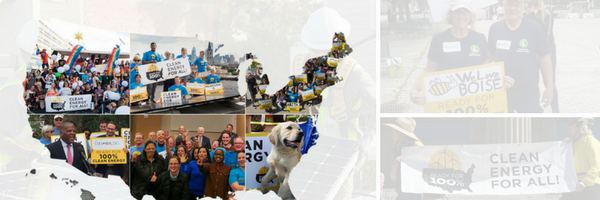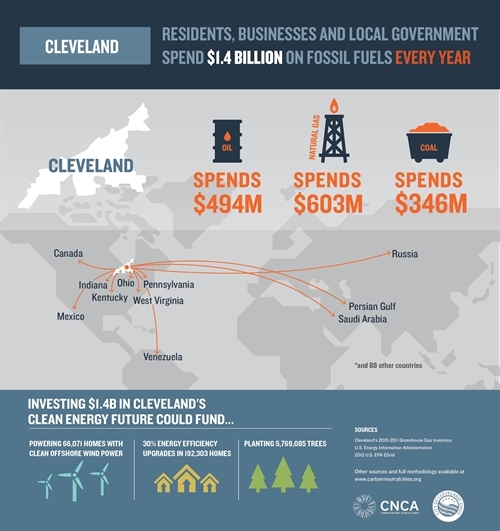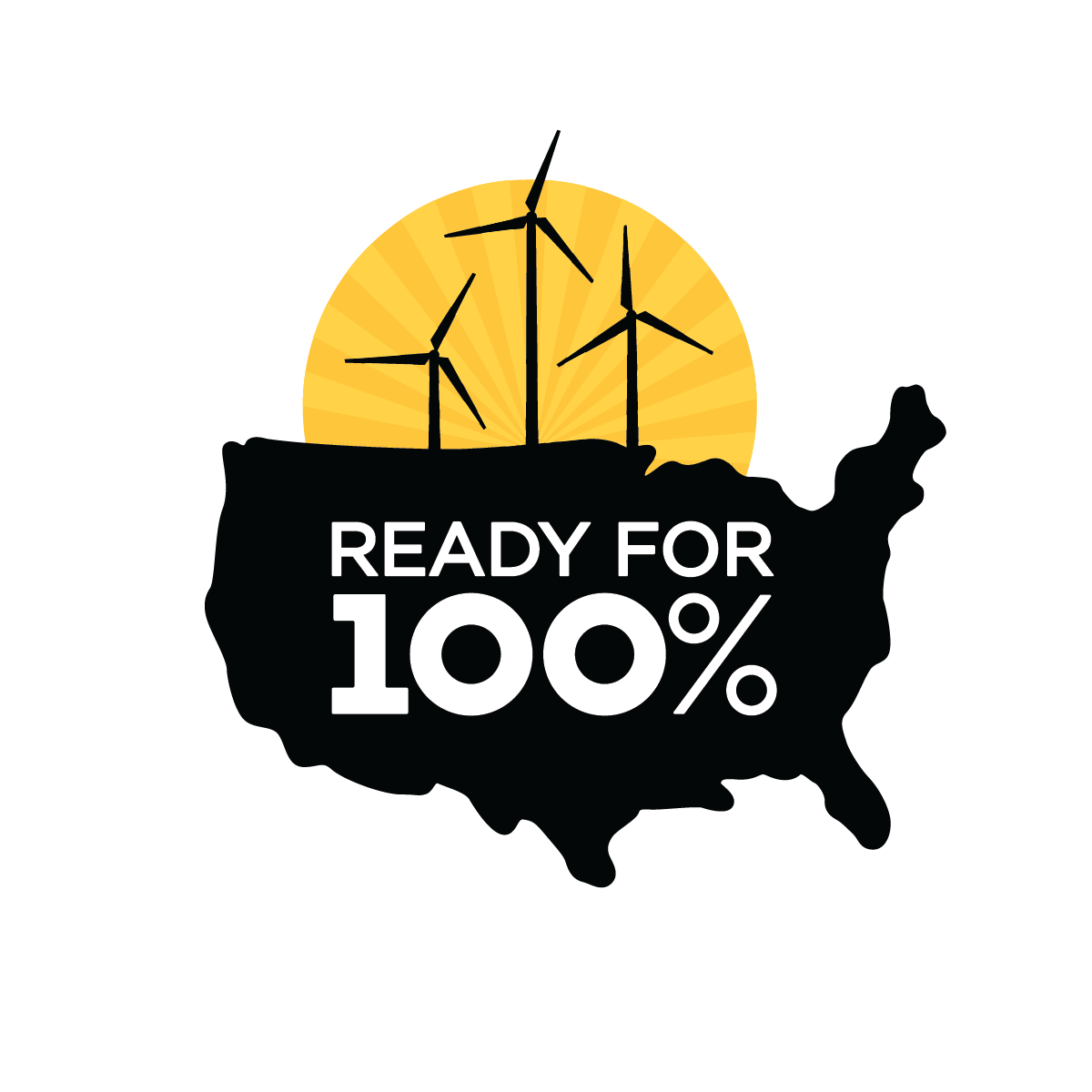
We already know that a majority of Americans support clean energy and now there are 61 cities across the country have committed to transition to 100 percent clean, renewable energy. The wave of municipal leadership is spiking voter confidence and support for clean energy goal setting around the country, even at the county and state levels.
In new state polling conducted by Greenberg Quinlan Rosner Research (GQR), Americans from five states across the country expressed strong support for generating 100 percent of a states' electricity using clean, renewable energy like wind and solar. The poll, released Monday March 19th by the Sierra Club, surveyed voters in five states: Colorado, Michigan, Ohio, Virginia, and Pennsylvania.
Over two-thirds of respondents in each state surveyed support statewide goals of generating 100 percent of electricity by clean, renewable sources like wind and solar by 2030. Most survey respondents are confident that their states can meet the goal of 100 percent clean energy by 2030. Confidence in achieving 100 percent clean increases when respondents are informed that over 50 cities across the country have already adopted this goal.
“From the Colorado Rockies to the coast of Virginia, people across the United States are ready for 100 percent clean and renewable energy,” said Jodie Van Horn, Director of the Ready for 100 Campaign. “Communities already see the benefits of clean energy and are ready to switch to cleaner, more affordable power like wind and solar.”
In four of the states surveyed, residents who lived in the most densely populated areas of the state expressed the strongest support for clean energy. The City of Denver reached support from 83 percent of voters while Allegheny County (Pittsburgh) saw support from 86 percent of voters.
Three-fourths of voters in the Cleveland area are supportive for 100 percent clean energy. Some of that is related to economic arguments, like the fact that Cleveland residents, businesses and local government spend more that $1.4 billion on fossil fuels every year. This is money that leaves their local economy and puts citizens at risk from energy prices tied to volatile economic and political influences.

Many cities are leading the charge for renewable planning to ensure their community’s energy future provides residents with a strong local economy, affordable energy, public health protections and community resilience. Improving public support for renewables in cities is critical to a successful clean energy transition. Worldwide cities use as much as 80 percent of energy production and account for a roughly equal share of global greenhouse gas emissions.
The role cities are playing is important beyond just city decisions. City actions inform energy markets and engage people in energy policy. A recent Climate Access case study demonstrates that city planning arenas are “key venues for educating the public on the energy policies” and are important to “laying the groundwork for more successful utility campaigns and other state policy advocacy.
As the conversation for 100 percent clean energy grows and more folks gain access to planning processes in their own community, the pressure for leaders to embrace visionary goals for transitioning to renewables increases.
“State and local leaders across the country should take note: our most recent survey found that at least two-thirds of voters in every state we polled support transitioning to 100% renewable energy sources and a majority would feel more favorable towards a local official if they supported 100% renewable energy,” said Elizabeth Sena, partner at Greenberg Quinlan Rosner Research.
In Idaho’s capital city, the Idaho Chapter Sierra Club and community partners are building support for Boise to become the first city in the state to adopt a 100 percent clean energy vision. Statewide many Idaho cities are playing active roles in reducing energy use and increasing public interest in energy efficiency and renewables. Learn more about the Boise is Ready for 100 campaign on our website.
Dive into the polling results here.
